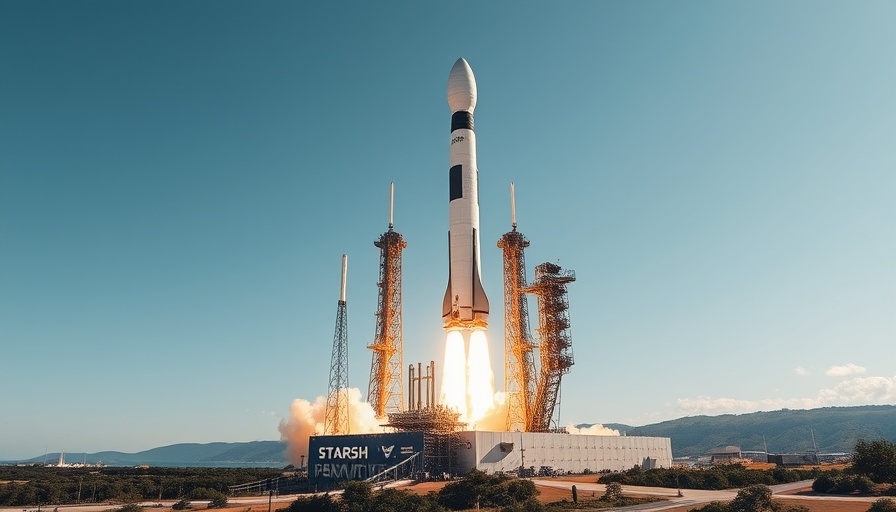
The Scope of the SpyX Data Breach: A Comprehensive Look
A recent data breach involving the stalkerware application SpyX has raised serious concerns about user privacy and security. Nearly two million records were compromised, revealing the troubling intersection of consumer-grade spyware and vast quantities of personal information. This breach, initially reported in March 2025, spans across multiple user accounts, significantly affecting both Android and Apple users.
What’s alarming is that this data breach isn’t an isolated incident. SpyX is now recognized as the 25th mobile surveillance operation to suffer a data leak since 2017, emphasizing a worrying trend in the persistence and proliferation of stalkerware applications that target unsuspecting users. As such software continues to grow in popularity, understanding the implications of such breaches becomes paramount.
The Risk of Stalkerware: Enabling Surveillance
Stalkerware applications, like SpyX, claim to offer valuable services such as parental control and monitoring of mobile devices. However, these applications often facilitate illegal spying on partners or family members without consent. While marketed for benign purposes, they hold a dual capacity that allows individuals with malicious intent to breach their victim's privacy.
According to cybersecurity experts, many stalkerware apps, including SpyX, operate by requiring physical access to the target device for installation, especially on Android. In contrast, they exploit iCloud for Apple devices to pull information from backups. This raises a significant risk for individuals who may not even know they are being monitored.
Unpacking the SpyX Data Breach: What Was Exposed?
The recent breach revealed nearly 1.97 million unique account records, with thousands of affected email addresses linked to SpyX and its clones, MSafely and SpyPhone. Shockingly, about 40% of these email addresses were already registered in Have I Been Pwned, hinting at the longstanding exposure of users to data tracking and breaches.
Troy Hunt, founder of Have I Been Pwned, indicated that he received two files containing sensitive information linked to the breach. Importantly, these files included data associated with Apple users, marking a significant point in the discussion about how stalkerware impacts users across both main platforms in the mobile market.
Navigating the Consequences: What Should Users Do?
For affected users, the immediate response to this data breach should involve precautionary measures. Individuals should check their email addresses against haveibeenpwned.com to determine whether their accounts have been compromised. Additionally, changing passwords and enabling two-factor authentication on accounts linked to the compromised emails can enhance security.
A Growing Concern: The Need for Regulatory Action
While the SpyX incident is troubling, it also highlights the broader implications of the lack of stringent cybersecurity regulations applicable to spyware applications. As consumer-grade tracking tools become ever-more pervasive, there is an urgent need for regulatory bodies to step in and provide clearer guidelines and fortifications against such invasive technologies.
With the growing dependency on smart devices and applications, stakeholders in the tech industry—including lawmakers and developers—must prioritize consumer safety to prevent future breaches like SpyX. This is not just an issue of privacy; it is inherently linked to public safety and trust in technology.
Conclusion: Stay Informed, Stay Protected
The SpyX data breach serves as a warning of the potential dangers lurking in the usage of stalkerware. As technology users, we must remain vigilant about our data and privacy rights. Engaging with resources that inform us of breaches, such as cybersecurity websites, and keeping software updated can help mitigate risks. The landscape of technology is continually evolving, and so too must our methods to safeguard our personal information.
 Add Row
Add Row  Add
Add 



Write A Comment